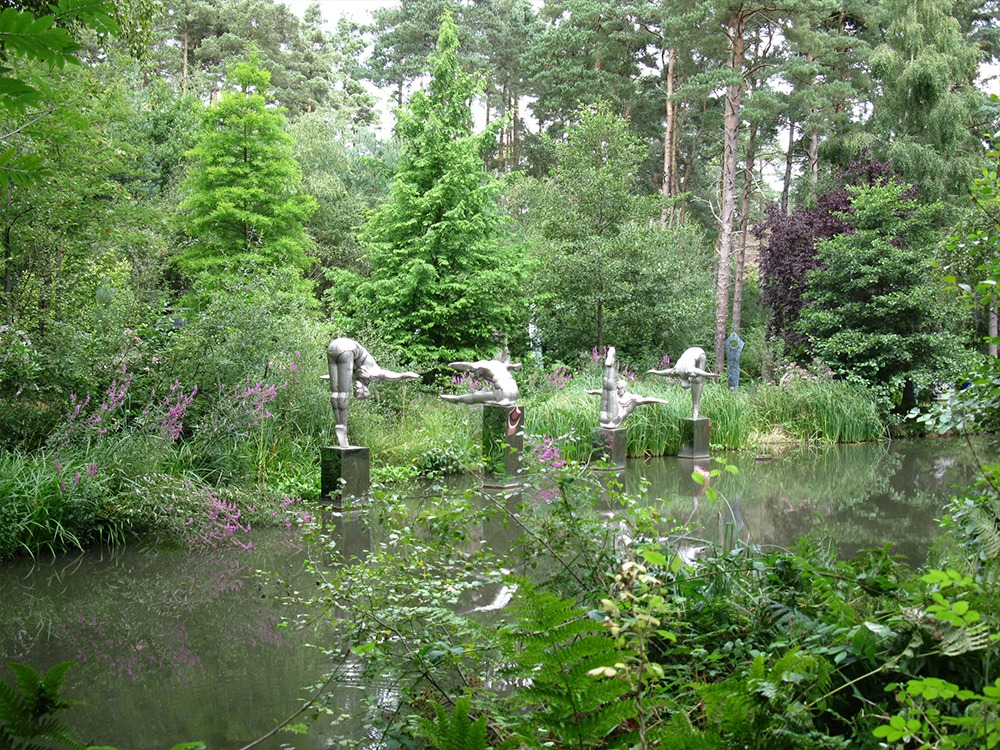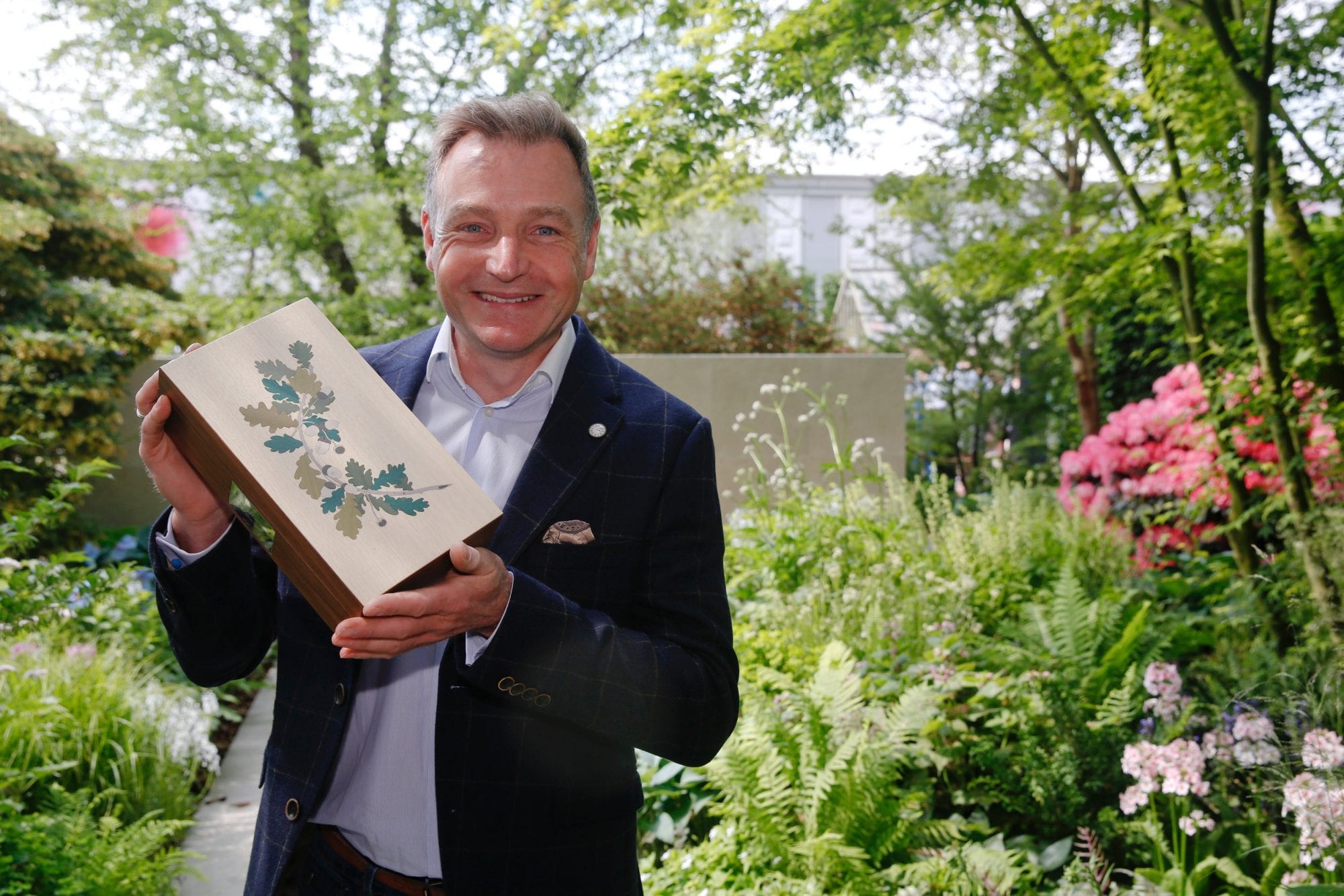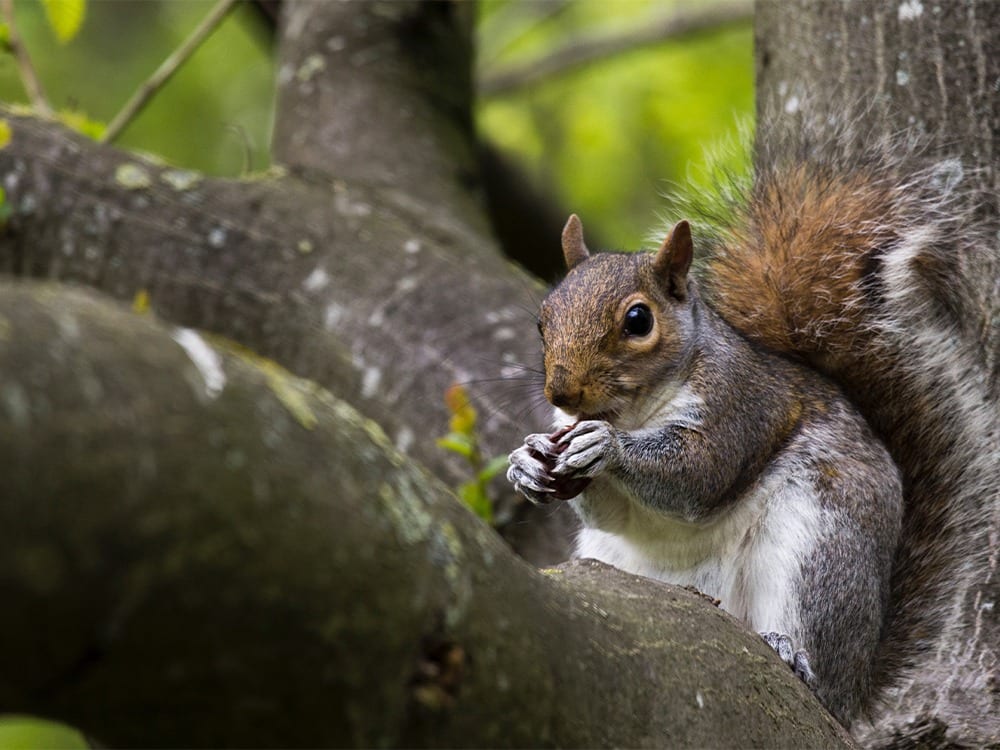Add a handful of community spirit, a sprinkling of food and a big dose of fun to create The Big Lunch on 1st and 2nd June
ll together now, “Neighbours, everybody needs good neighbours…” – that’s got you humming away I’ll bet, but it’s very much the key idea behind The Big Lunch.
The scheme launched in 2009 by the Eden Project to bring people together celebrates its 10th anniversary this year and hopes to get even more involved in the simple act of fun and friendship through having lunch with your neighbours.
From that first event which began as one day for people to meet, greet, share, swap, sing, play and laugh, it grew to more than 9.3million people taking part in over 90,000 events all round the country in 2017.
More than just bringing communities together, The Big Lunch, this year on 1st and 2nd June, wants to improve the happiness and wellbeing of people by encouraging them to make positive changes where they live, working with each other and nature, towards a better future.
Whether that be with a few sandwiches in your front garden, a traditional street party or a big community bash, holding a Big Lunch is simple – the main ingredient is you and your neighbours.
There’s an opportunity to come together before that with The Big Lunch Community Walk from 17th to 31st May when a group of people will be visiting community projects in Scotland, Wales, Northern Ireland and England.
There may already be a lunch in your street or area but if not then “carpe diem” and start organising one today!
![]() To find out how you can get involved in The Big Lunch, please visit Eden Project Communities
To find out how you can get involved in The Big Lunch, please visit Eden Project Communities















